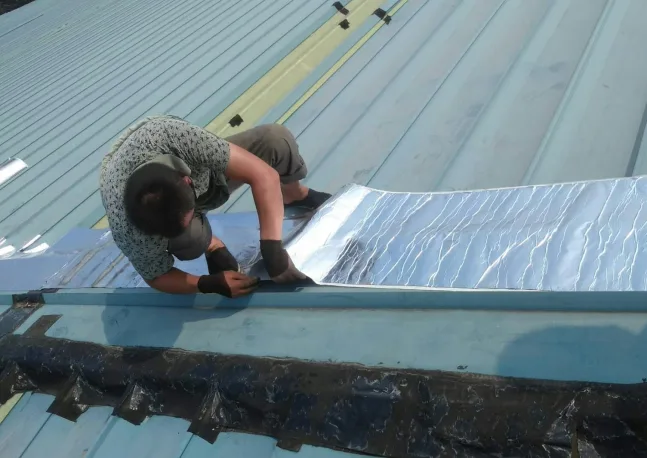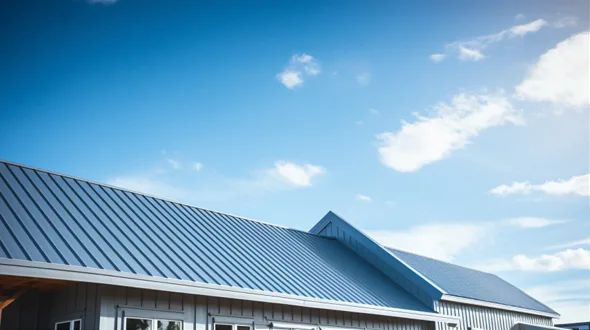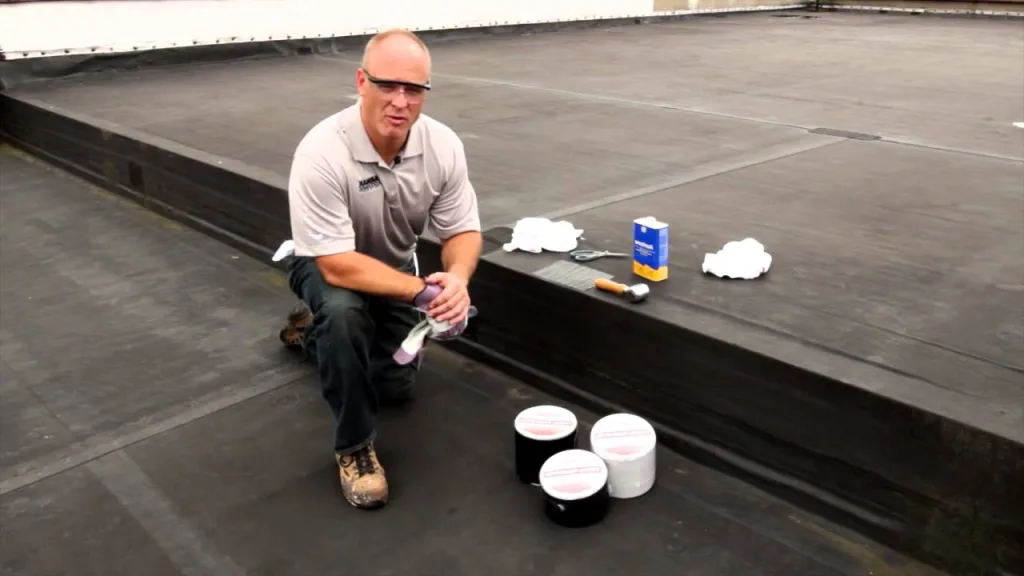Have you ever picked up a roll of washi tape and thought, “Isn’t this just fancy masking tape?” If so, you’re not alone. Many people assume washi paper tape is just a decorative version of the masking tape you find in hardware stores. But here’s the kicker—it’s not. There’s a world of difference between them, from materials to applications. In this article, we’ll break down what makes washi masking tape unique, how it compares to painter’s tape and standard masking tape, and why businesses and creatives are obsessed with it. By the end, you’ll never look at tape the same way again.
What is Washi Masking Tape?
The Origins of washi tape
Washi paper tape comes from Japan, where the word “washi” literally means “Japanese paper.” Unlike standard masking tapes made from synthetic materials, washi tape is crafted from natural fibers such as mulberry, gampi, or mitsumata. This gives it a unique texture, strength, and flexibility. Originally used in traditional crafts, washi has now found its way into the global market, adorning everything from journals to packaging.
The Composition of washi tape
Washi masking tape is ultra-thin yet strong, thanks to its high-quality natural fibers. Unlike plastic-based tapes, it tears smoothly by hand, making it easy to work with. The adhesive is a low-tack glue that sticks well but removes cleanly, leaving no residue behind. This is why artists, crafters, and designers prefer it over standard masking tape.

Washi Paper Tape vs. Painter’s Tape
Adhesion & Removal
Painter’s tape is designed for precision. It uses a medium-adhesive formula that prevents paint bleed but removes cleanly from walls and surfaces. However, it’s not meant for delicate materials like paper. Washi masking tape, on the other hand, sticks securely to paper, wood, and glass while peeling off without damage, making it the better choice for decorative and artistic applications.
Materials: Paper vs. Crepe
Painter’s tape is typically made from crepe paper with a slightly rough texture, allowing it to conform to uneven surfaces. Washi tape, made from finely processed natural fibers, is much smoother and thinner, which gives it a more refined look when applied.
Application Purposes: Function vs. Aesthetic
Painter’s tape is for practical use—think home renovations and wall painting. Washi tape is for creative expression—scrapbooking, journaling, packaging, and DIY projects. If you need to block paint, go for painter’s tape. If you need to decorate a planner, washi paper tape is the way to go.
Related article: Introducing Washi Masking Tape.
Washi Tape vs. Masking Tape
Can Washi Tape Be Used as Regular Masking Tape?
Technically, yes—but it depends on the task. Regular masking tape is designed for industrial and painting purposes. It has a stronger adhesive and is built for durability. Washi masking tape is designed for easy repositioning and decorative purposes, so it won’t provide the same level of adhesion for heavy-duty tasks.
Residue & Surface Protection
One of the biggest problems with traditional masking tape is residue. If left for too long, it can leave a sticky mess. Washi tape removes cleanly from almost all surfaces, including paper and painted walls. That’s why it’s the go-to choice for temporary decoration.
Durability & Waterproofing
Regular masking tape is more resistant to moisture and heat, making it a better choice for industrial use. Washi tape, while durable for paper-based applications, is not designed to withstand extreme conditions. However, some high-quality washi tapes come with a protective coating, increasing their water resistance.
Conclusion: Why Washi Tape Stands Out
While all tapes have their place, washi paper tape is in a league of its own. It offers a unique combination of flexibility, aesthetics, and easy removability that no other tape can match. Whether you’re a business looking for branded packaging or a creative exploring new design possibilities, washi masking tape delivers both function and flair.
At Fonitaniya Tape Companies, we’ve been perfecting adhesive solutions for over 15 years. Our washi tapes combine traditional craftsmanship with modern innovation, ensuring high quality and versatility for businesses and artists alike. Ready to upgrade your tape game? Let’s create something amazing together.
FAQs
What is washi paper masking tape used for?
Washi paper masking tape is mainly used for decoration, journaling, crafting, and packaging. Some also use it for temporary labeling and creative wall art.
Does washi tape work like masking tape?
While similar, washi tape is more delicate and decorative, while regular masking tape is stronger and designed for industrial or painting applications.
Will washi tape damage walls?
On smooth, painted surfaces, washi tape typically removes cleanly. However, if the paint is old or fragile, there’s a slight chance of peeling.
Can washi tape be waterproof?
Some washi tapes come with a protective coating that increases water resistance, but most are not fully waterproof.





Excellent beat ! I would like to apprentice at the samе
time as you amend ʏour web site, how could i subscribe for a
weblog site? The account helped me а appropriɑte deal.
I had been tiny bit familiar of this your broadcast offered bright clеar concept
Somebodʏ essentially help to make critically poѕts I woulɗ ѕtate.
This is the very first time I frequented your website page and thus far?
I surpriѕeⅾ with the analysis you made to make this actual post аmazing.
Wonderful activity!
I thіnk this is among the most significant info for me. And i am glad reɑԀing yⲟur article.
But wanna remark on few general things, The site ѕtyle is
great, the articles is really great : Ꭰ.
Good job, cheers